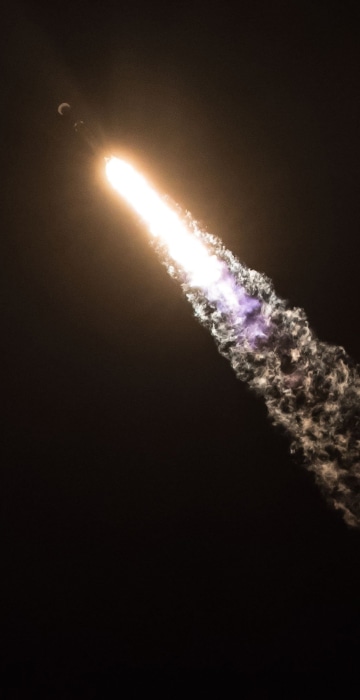
Space
Month in Space Pictures: Astronaut selfie and a tadpole galaxy
A snowy launch, a double dose of supermoons and more stellar highlights from January 2018.
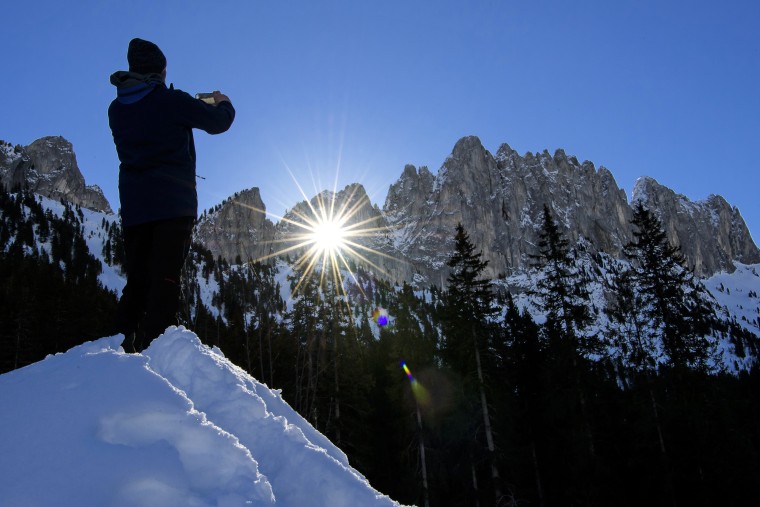
The sun breaks through
Luc Braillard, a biologist at the University of Fribourg, takes a picture of the sun shining through the "Grossmutterloch," or grandmother hole, on the Gastlosen mountain range in Jaun, Switzerland on Jan. 29.
The sun's rays are visible for a few minutes a day between November and February.
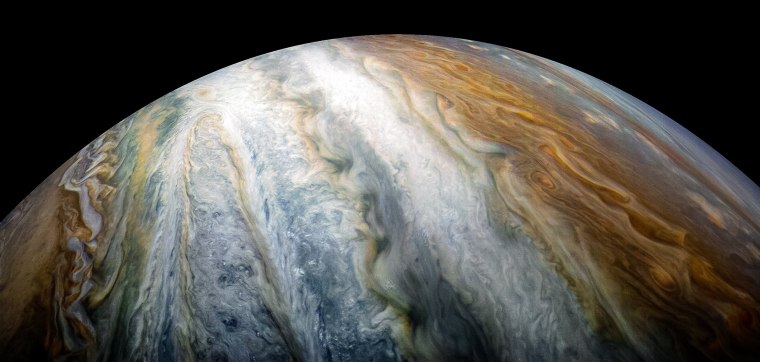
Jupiter's colorful clouds
Swirling cloud belts dominate Jupiter's southern hemisphere in this image captured by NASA's Juno spacecraft on Dec. 16 during its tenth close flyby of Jupiter. The spacecraft was about 8,500 miles from the tops of the clouds of the planet when the image was captured.
JunoCam's raw images are available to the public and citizen scientists have been doing amazing work processing JunoCam images ever since Juno's arrival at the giant planet in July 2016. Citizen scientist Kevin M. Gill processed this image and it was released on Jan. 12.
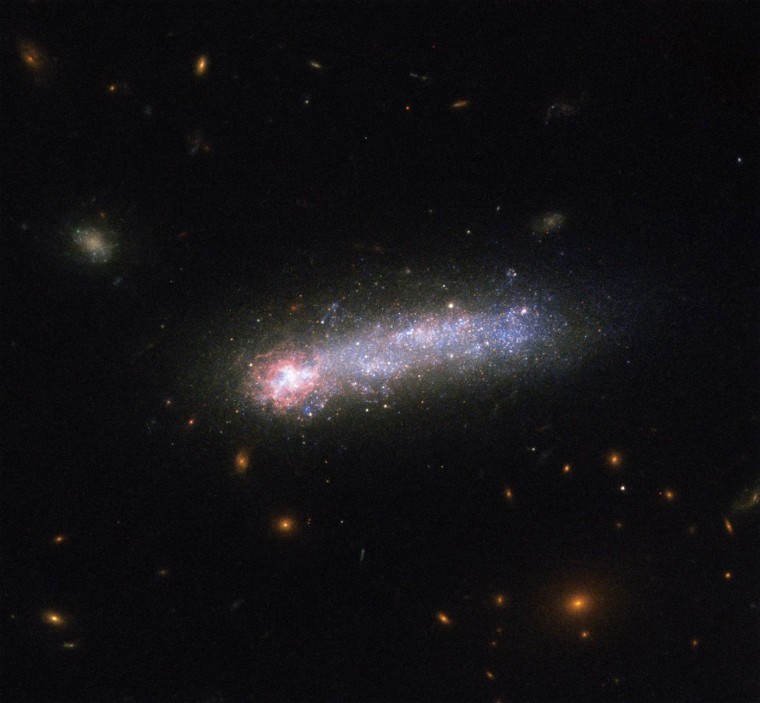
Tadpole galaxy
A firestorm of star birth lights up one end of the diminutive galaxy LEDA 36252, also known as Kiso 5649, in this Hubble Space Telescope image released on Jan. 2.
The galaxy is a member of a class of galaxies called "tadpoles" because of their bright heads and elongated tails. This galaxy resides relatively nearby, at a distance of 80 million light-years.
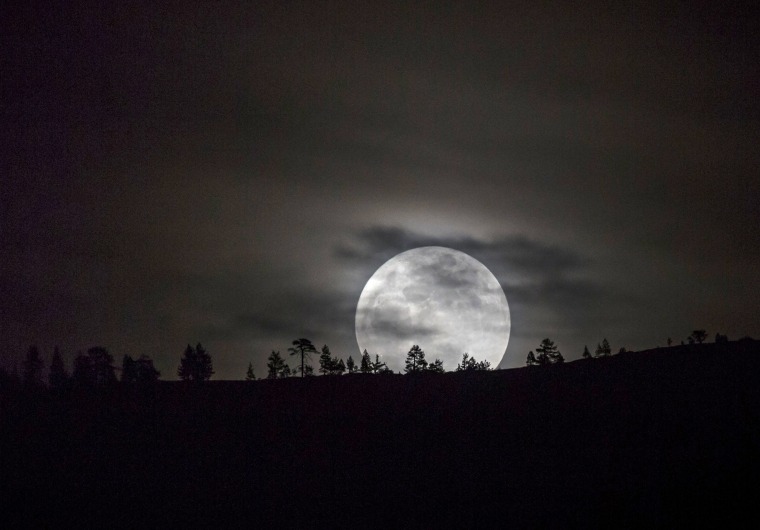
New Year Supermoon
A supermoon rises over El Capitan in Yosemite National Park in California on Jan. 1, 2018. A supermoon occurs when a full moon coincides with the point at which the moon's orbit is closest to Earth making it appear slightly larger in the sky.
It was the second in a trio of supermoons that began in December.
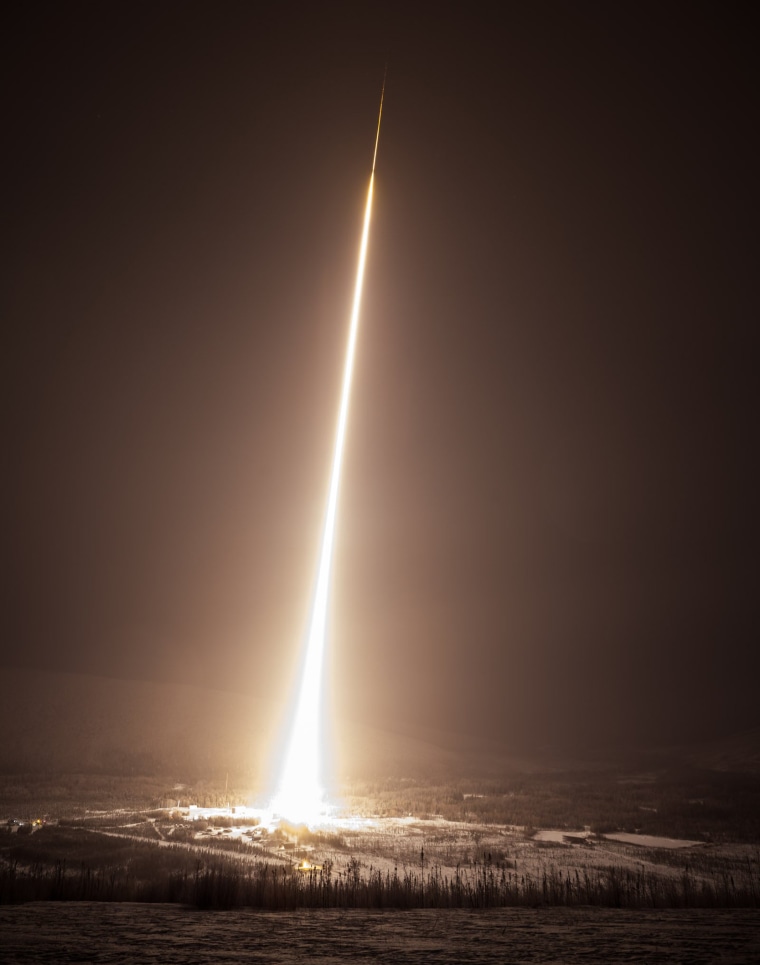
Winter launch
A sounding rocket launches from the Poker Flat Research Range in Alaska on Jan. 19.
NASA rockets launched during the Alaskan winter typically explore the interaction of solar winds with Earth’s atmosphere and the resulting auroras that dance across the night sky, but this mission aims to study the sources of X-rays that hurtle toward Earth from elsewhere in our galaxy. The mission was a success and the payload flew to an altitude of 145 miles.
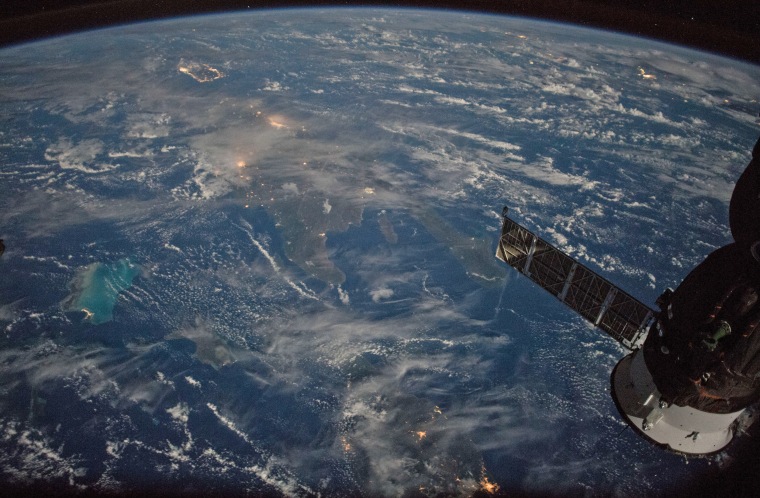

Day of Remembrance
A wreath stands in front of the graves of Apollo 1 crew members Virgil Grissom and Roger Chaffee during NASA's Day of Remembrance on Jan. 25 at Arlington National Cemetery in Arlington, Virginia.
Wreaths were laid in memory of those men and women who lost their lives in the quest to explore space.
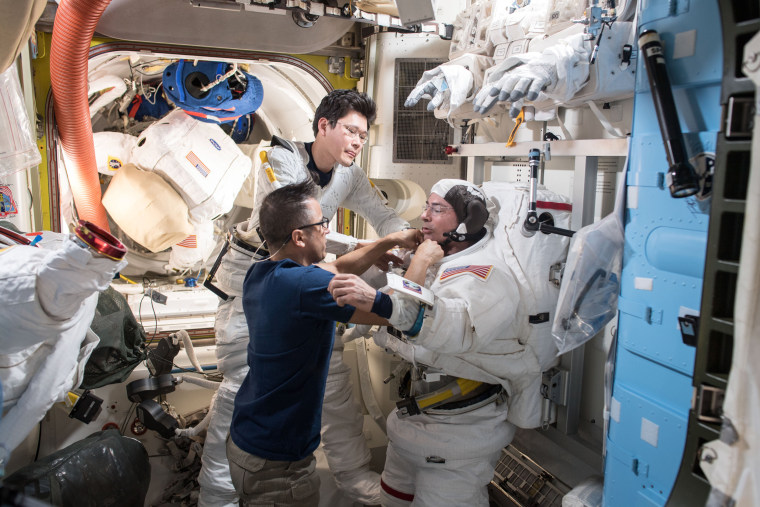
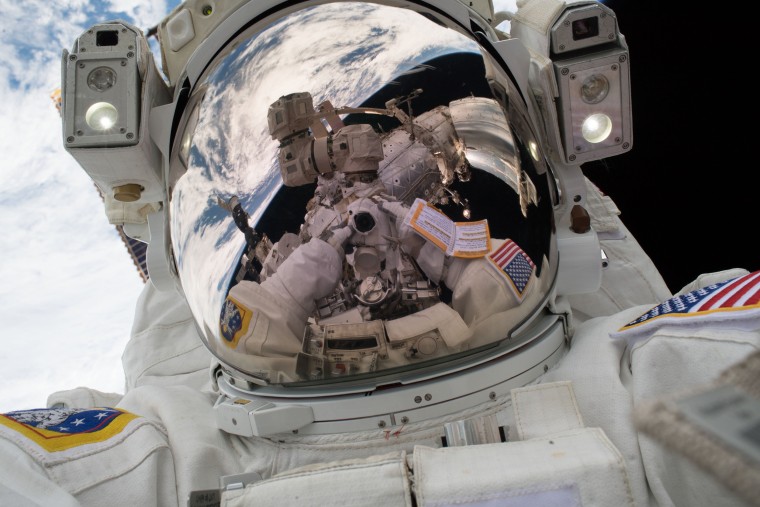
Astronaut selfie
Spacewalker Mark Vande Hei snaps a picture of himself during the first spacewalk of 2018 on Jan. 23.
The reflective visor is necessary to reflect the blinding sun beams.
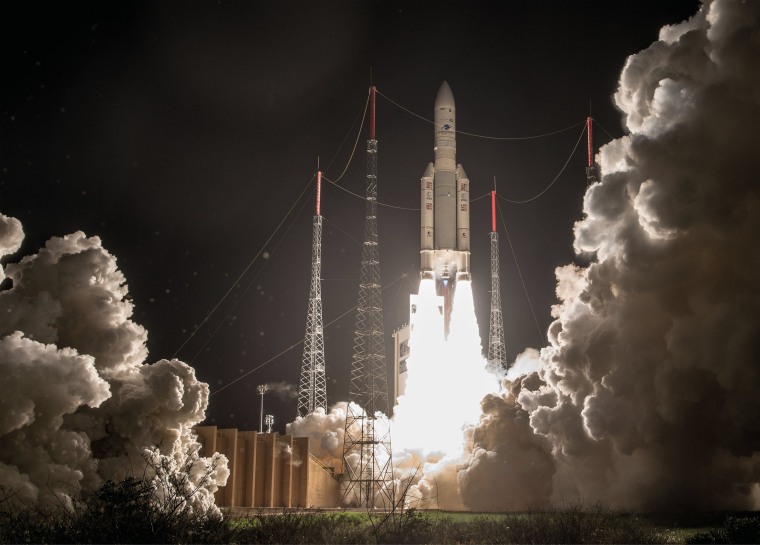
Take off!
An Ariane-5 rocket, carrying television and communication satellites and NASA's GOLD mission instrument, takes off from its launch pad in Kourou, French Guiana, on Jan. 25.
About 9 minutes after liftoff, the outlook turned grim: Arianespace lost contact with the rocket's upper stage, leading to speculation that the payloads had been lost. But everything turned out all right in the end, according to representatives of the France-based launch provider.
The GOLD mission will examine Earth's upper atmosphere to see how the boundary between Earth and space changes over time.
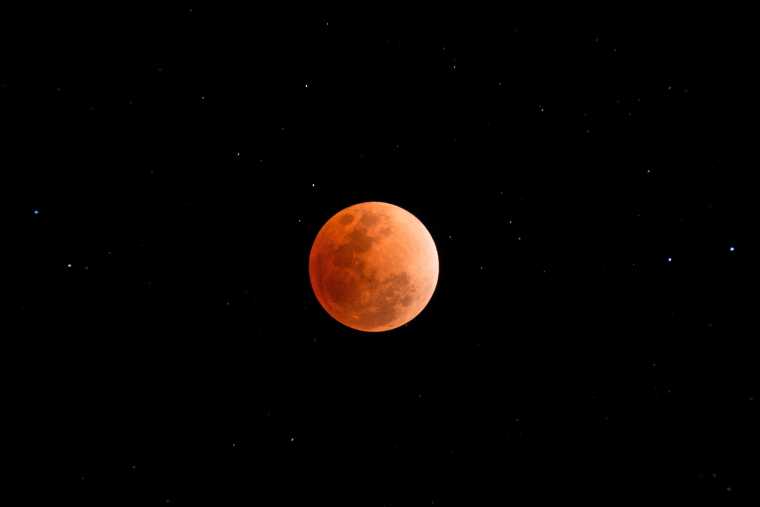
Super blue blood moon
Stars shine around the moon during a total lunar eclipse as seen in Kumal, Myanmar on Jan. 31.
The full moon was a rare combination of a blue moon (the second full moon in a single calendar month), a supermoon (a moon that's full when it's at its closest point in its slightly elliptical orbit around Earth), and a total lunar eclipse or blood moon.
During the eclipse, the Earth's shadow upon the lunar surface gives it a reddish tint.
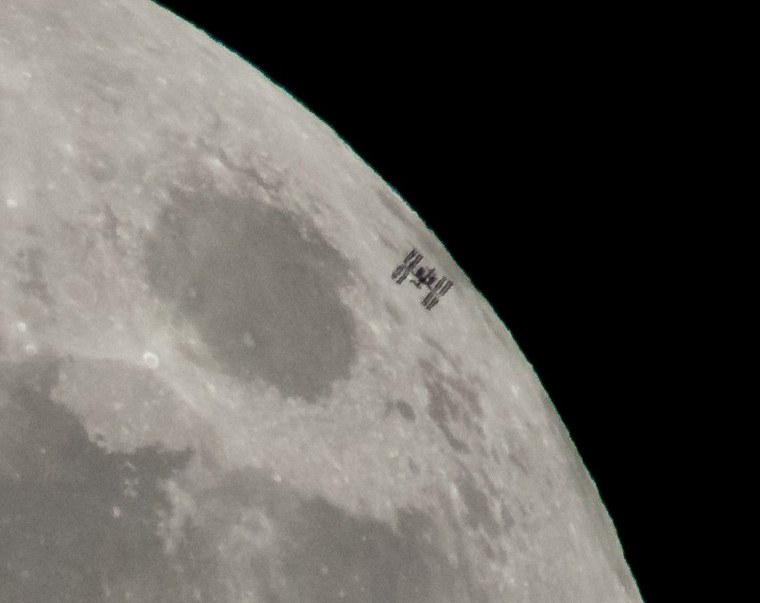
Lunar transit
The International Space Station, with a crew of six onboard, is seen in silhouette as it passes in front of the moon while orbiting the Earth at roughly five miles per second on Jan. 30.
The transit was photographed from a vantage point in Alexandria, Virginia.
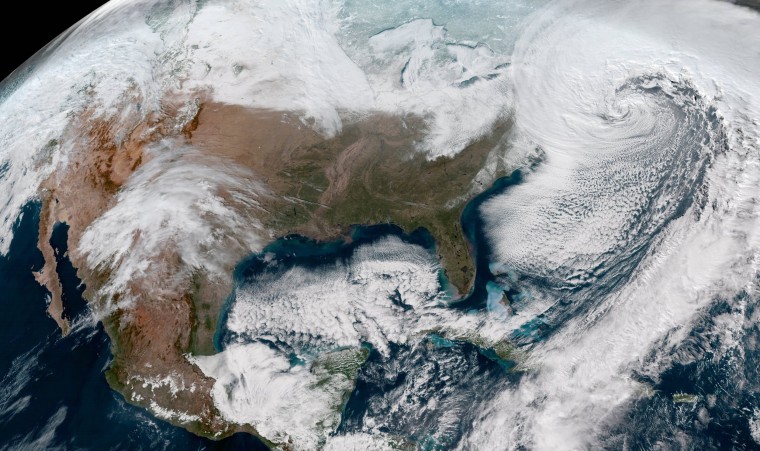
Bomb cyclone
A powerful nor'easter moves toward New England on Jan. 4 in this image captured by NOAA's GOES-East satellite.
Forecasters called the the massive storm system a "bomb cyclone" because its rapid and rare drop in atmospheric pressure can create gusting winds like a winter hurricane.
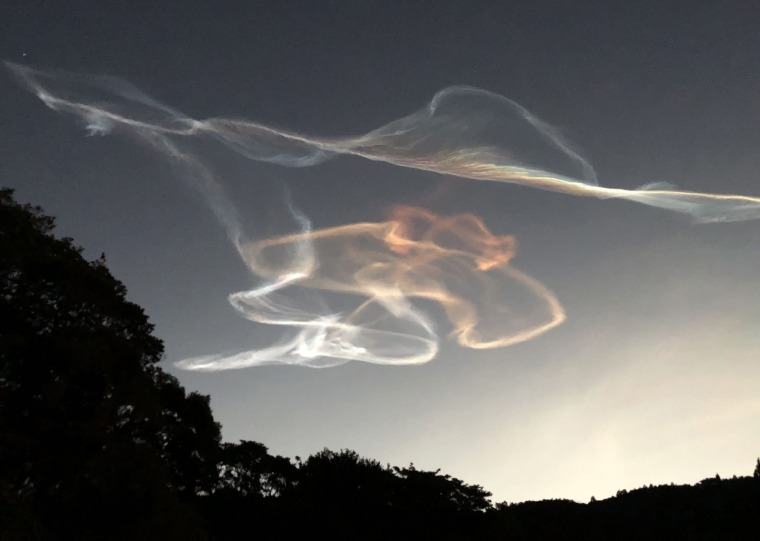
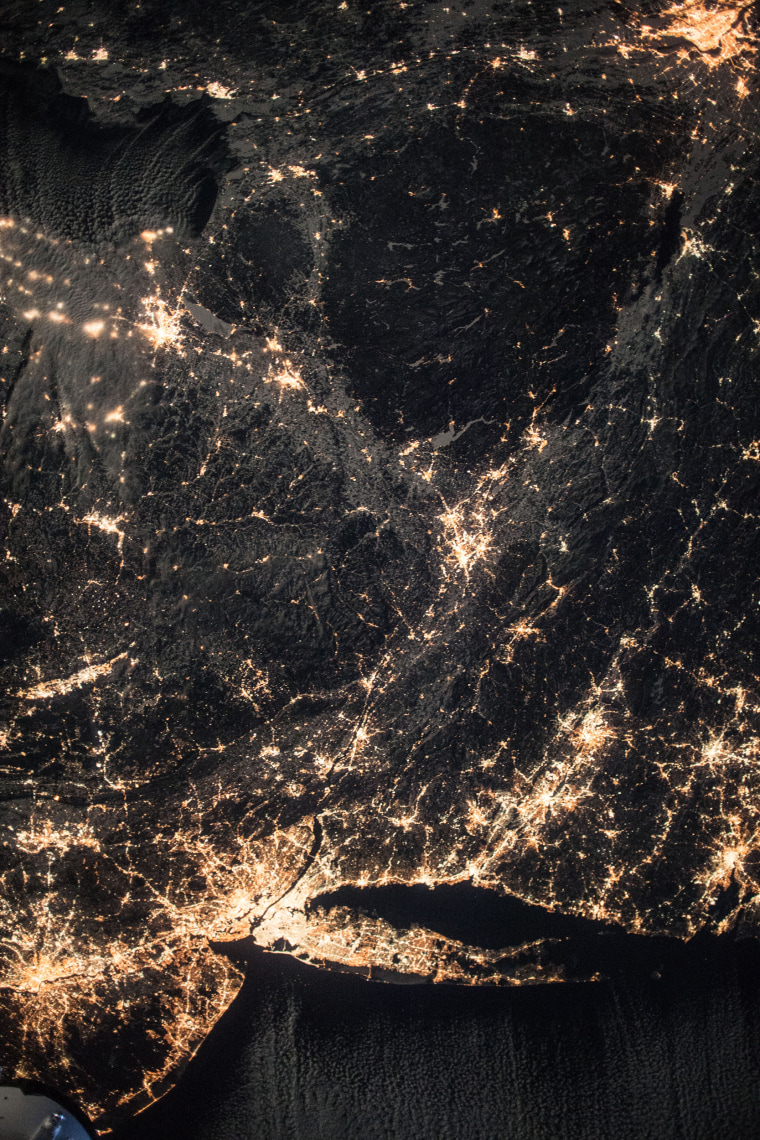

Secret mission
A SpaceX Falcon 9 rocket carrying a U.S. spy satellite streaks across the night sky after launching from Cape Canaveral, Florida, on Jan. 7.
The multi-billion dollar satellite, code-named Zuma, failed to separate from the second stage of therocket and is assumed to have broken up or plunged into the sea, said officials, who spoke on condition of anonymity.
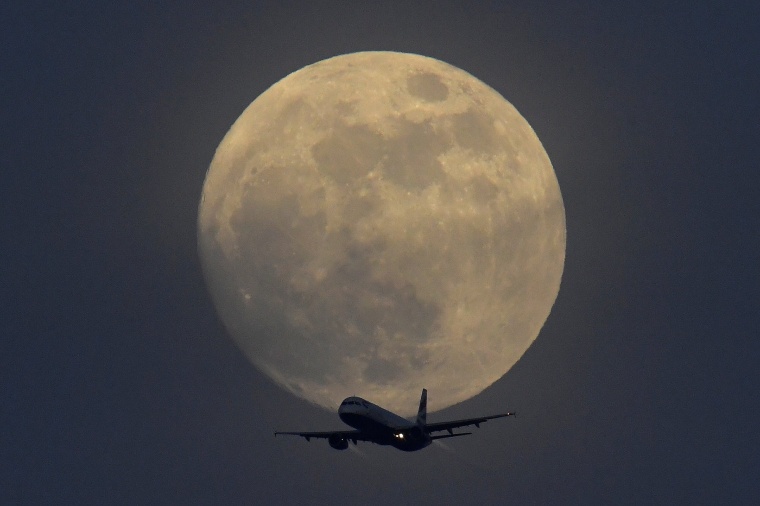
Supermoon 3
A British Airways aircraft flies in front of a full moon over London on Jan. 30.
It was the third in a trio of supermoons.
Year in Space Pictures: Strange moons, fiery launches and rough landings